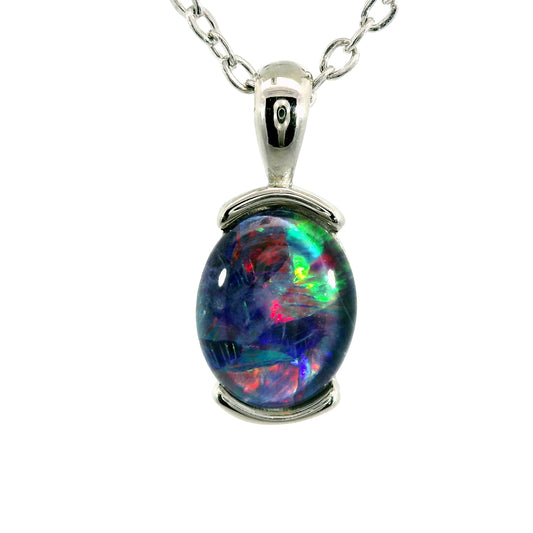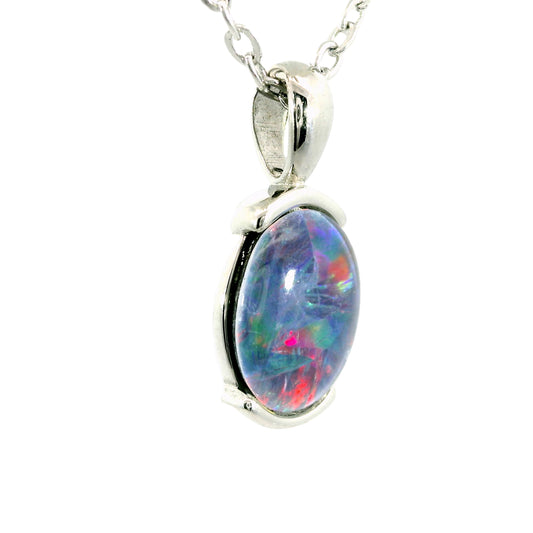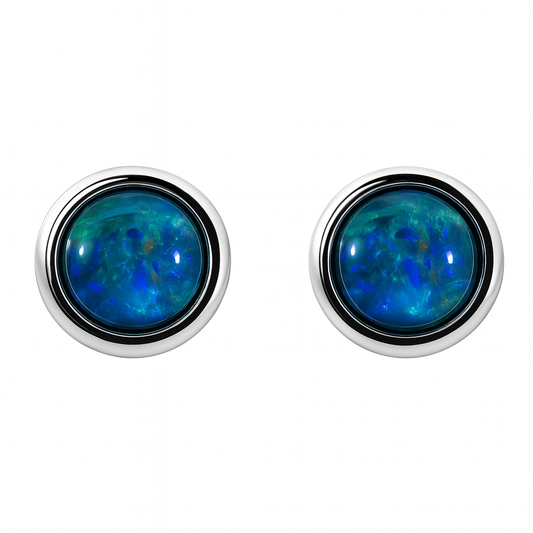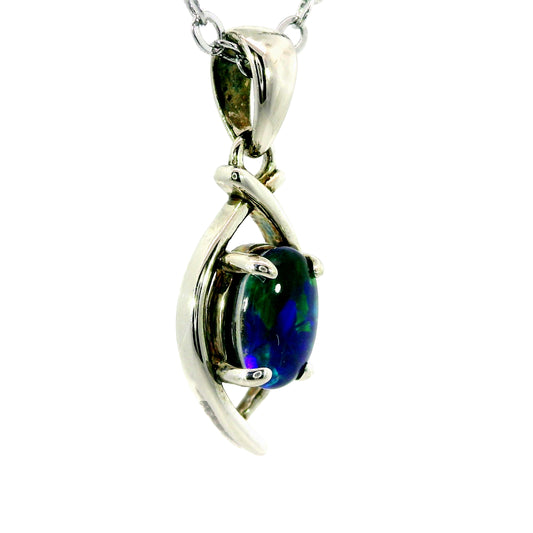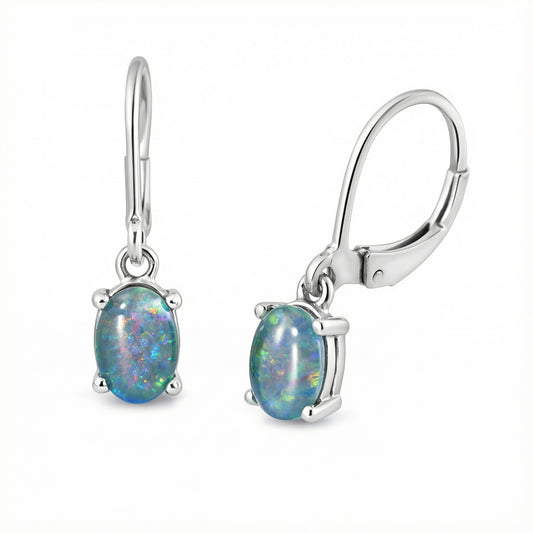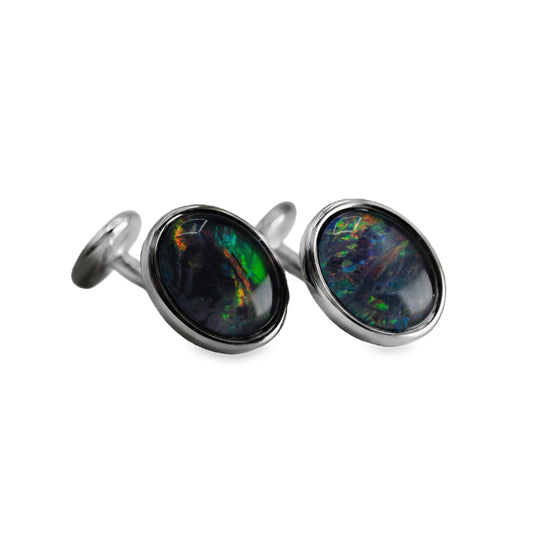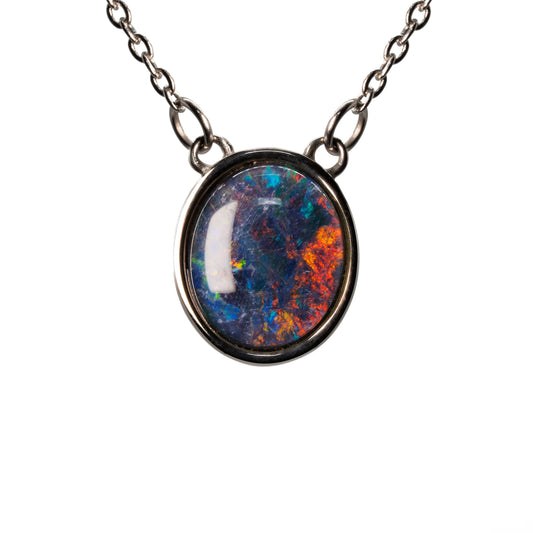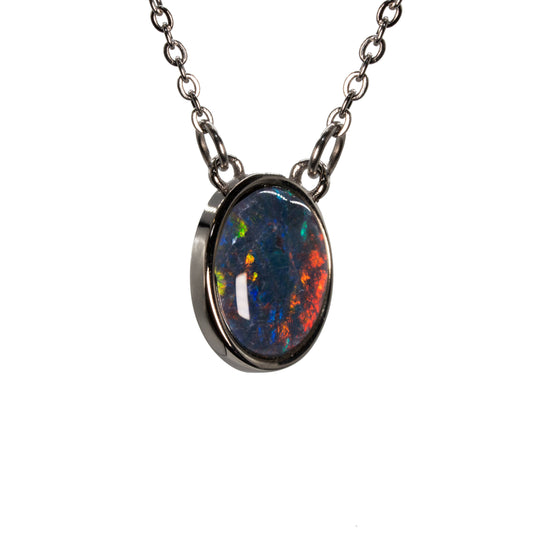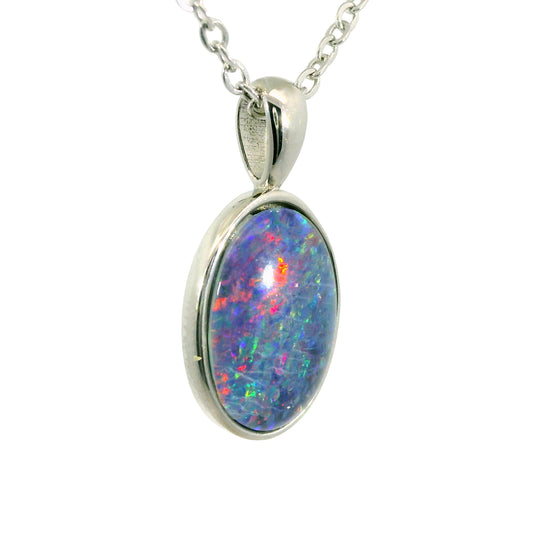What Causes Opals 'Play of Colour'?
Opal as a material is known around the world as an Australian treasure. The vibrant flashes of colour, known widely as 'play-of-colour', give this gemstone its star apperance. As it is such a widely distributed item, it only makes sense that such a stone would come in various forms.
Common Opal vs. Precious Opal
The majority of opal falls under the category of 'common opal,' lacking the vibrant flashes of colour referred to as 'play-of-colour.' This type of opal is sometimes referred to as 'potch.' Common opal typically doesn't catch the eye due to its rather ordinary appearance, often mistaken for quartz, a more common gemstone; this mistake has the potential to be made often, due solely to the surprising amount of common opal found within the earth.
The existence of 'common opal' lends to the alternative: 'precious opal'. This is the term given to stones that showcase the coveted play-of-colour. When this play-of-colour is of an appropriate quality and size, it can then be prepared for the opal jewellery it is often seen in.
When observing precious opal under intense light, the play-of-colour becomes evident in three scenarios: when the stone is moved, when the light source is adjusted, or when the viewing angle changes.
Misconceptions: Opalescence vs. Play-of-Colour
The term 'opalescence' can be heard on occasion, but it should be known that its usage is misconstrued. Often it can be incorrectly equated to 'play-of-colour', but both of these terms are given to distinct phenomena, and although they both describe colour and its interaction with a surrounding environment, they are not the same.
The Science Behind Opals 'Play-of-Colour'
The captivating play-of-colour within opals originates from specific areas composed of countless microscopic silica spheres arranged meticulously. Remarkably tiny, these spheres measure only about 1/2 micron in size, functioning akin to a diffraction grating. When light traverses through them, it undergoes diffraction, splitting into the various hues of the spectrum. The size and arrangement of these spheres intricately dictate the colour and caliber of the diffracted light.

White light enters an opal and interacts with the tiny silica spheres that make up its internal structure. The light is diffracted into its component colours and exits the opal in a flash of spectral colours.
Hold A Rainbow from Australian Opal Cutters on Vimeo.












































































































